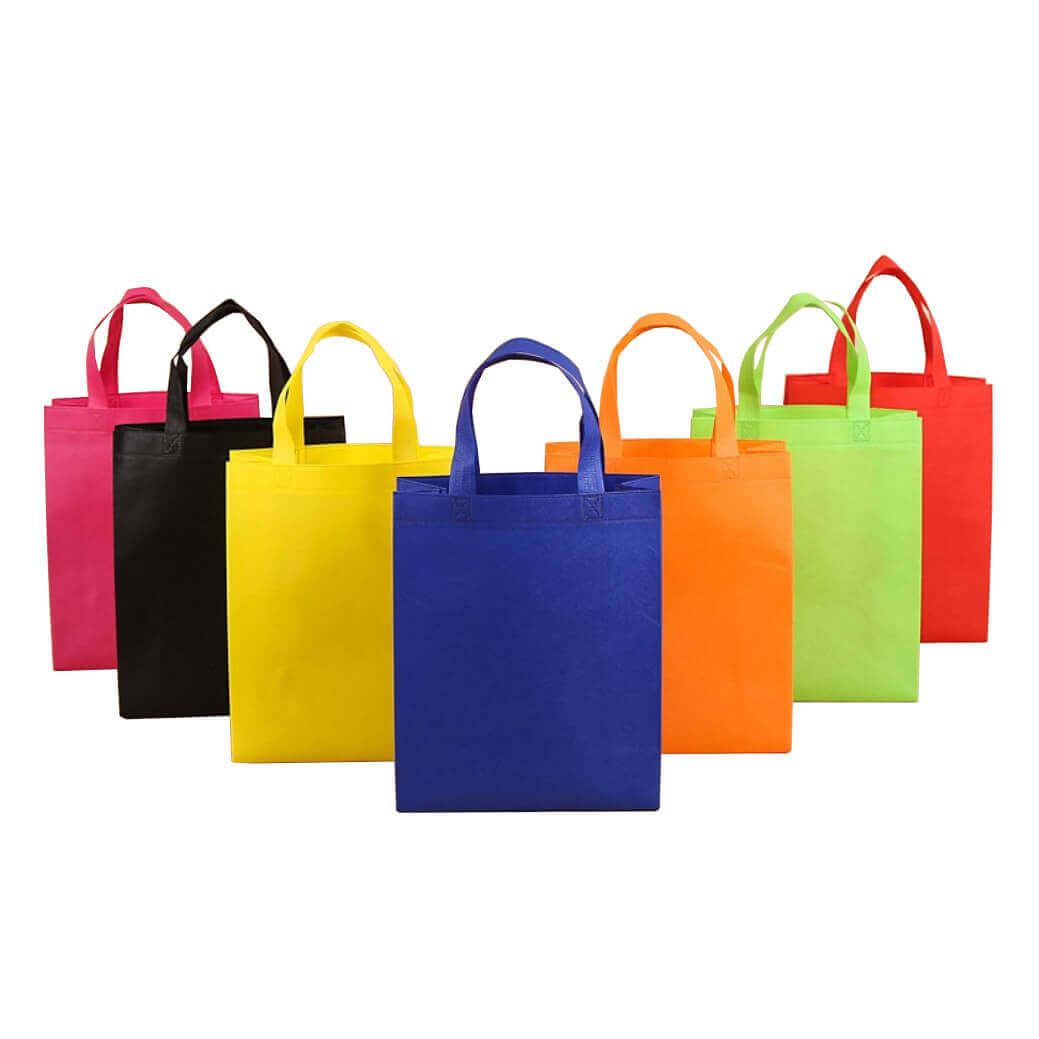The Eco-Friendly Choice: Exploring the Benefits of Cheap Non-Woven Bags
In today’s environmentally conscious society, the debate over plastic bags versus reusable alternatives has become increasingly relevant. Non-woven bags, in particular, have emerged as a popular choice due to their eco-friendly nature and cost-effectiveness. This article delves into the environmental advantages of non-woven bags over plastic bags, highlighting their durability, recyclability, and overall sustainability.
The Environmental Impact of Plastic Bags
Plastic bags are infamous for their detrimental impact on the environment. They are typically made from polyethylene, a non-biodegradable material derived from fossil fuels. This means that once discarded, plastic bags can persist in the environment for hundreds of years, contributing to pollution and endangering wildlife.
Moreover, the production of plastic bags requires significant amounts of energy and resources, further exacerbating their environmental footprint. As a result, there has been a growing call to reduce the use of plastic bags in favor of more sustainable alternatives.
The Benefits of Non-Woven Bags
Non-woven bags are made from polypropylene, a type of plastic that is not only recyclable but also highly durable. Unlike traditional plastic bags, which are often used once and then discarded, non-woven bags can be reused multiple times, reducing the amount of waste that ends up in landfills.
Furthermore, non-woven bags can be recycled to create new bags, reducing the need for new resources to be extracted and processed. This makes them a more sustainable choice for consumers looking to minimize their environmental impact.
Cost-Effectiveness and Longevity
While the initial cost of non-woven bags may be slightly higher than that of plastic bags, their durability ensures that they can be used for an extended period. This means that over time, non-woven bags can actually be more cost-effective than their plastic counterparts, as they do not need to be replaced as frequently.
Additionally, many retailers offer incentives for customers to use reusable bags, such as discounts on purchases. This can help to offset the initial cost of the bags, making them a more attractive option for consumers looking to save money while also reducing their environmental impact.
Conclusion
Non-woven bags offer a range of environmental benefits over plastic bags, including recyclability, durability, and cost-effectiveness. By choosing to use non-woven bags instead of plastic bags, consumers can help to reduce their environmental impact while also saving money in the long run.










